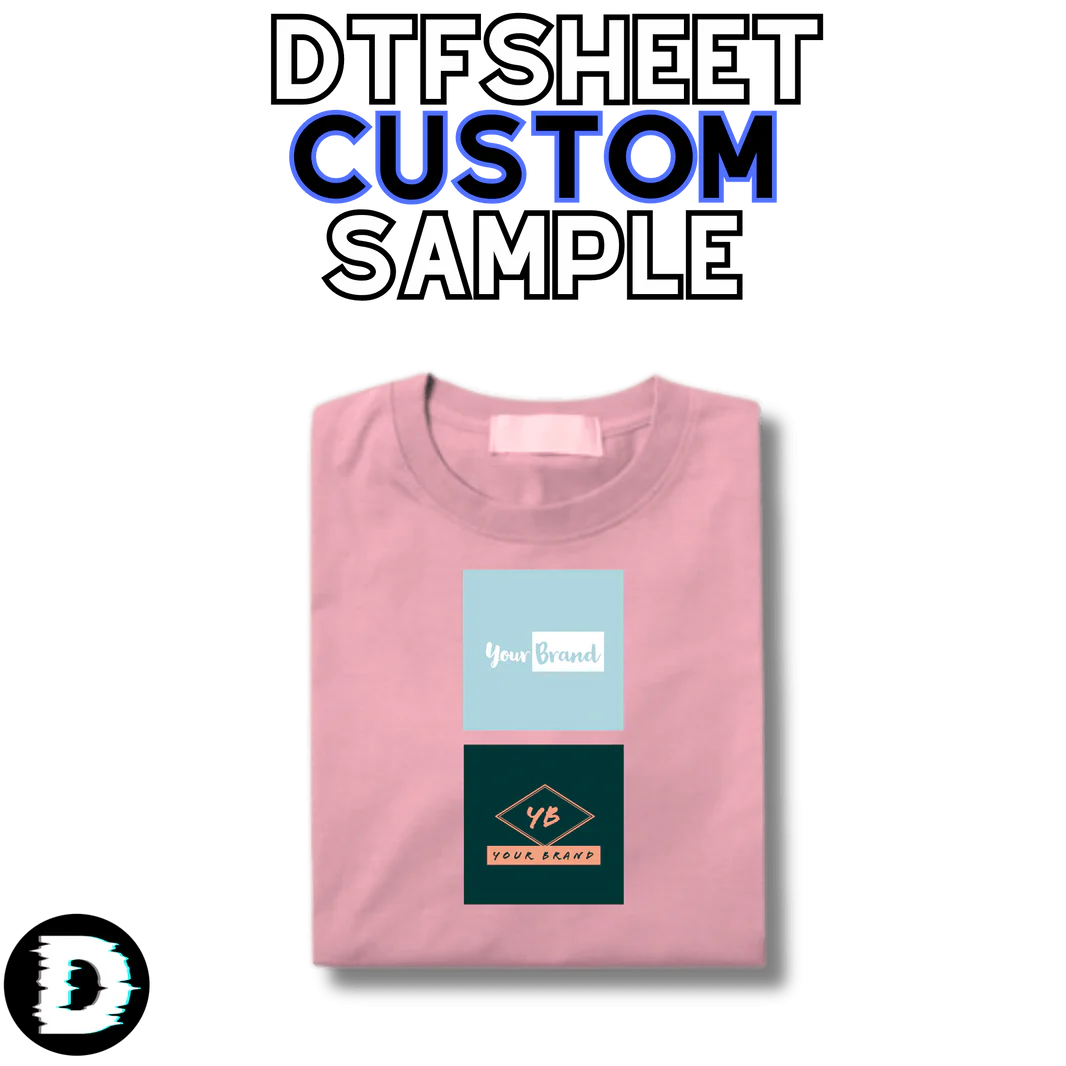DTF printing allows customizing the design of a wide variety of products, from clothing to bags. However, choosing the right design is crucial for a successful DTF printing project. First of all, the high-resolution design provides clear and sharp results. It is recommended to use vector graphics if possible and have a resolution of at least 300 DPI.
This improves print quality. Color selection is an important design element in DTF printing. Vibrant colors and rich tones can be reproduced successfully with the right color choices, so it is important to choose colors carefully in the design. With DTF printing, color transitions and shadows can be easily created, increasing the complexity of the design. The dimensions of the design must be suitable for the final product. For example, if it is to be printed on a t-shirt, the design must fit the dimensions and desired location of the t-shirt. However, complexity does not always lead to a better outcome. Simple and impressive designs can often be more striking and memorable. So make sure your design clearly and simply reflects the message or brand you want to convey.
Finally, it's always good practice to make test prints before printing your design. This helps you make sure the results meet your expectations and gives you the chance to make corrections as needed.
Exploring Creative Possibilities with DTF Printing
The creative possibilities with DTF printing have revolutionized textiles and design. This method is very effective for applying complex and colorful designs to a variety of surfaces. With DTF printing, as a creative designer you can use colors and details with complete freedom. This printing method successfully reflects vibrant colors and fine details, making your designs eye-catching. You can also use a simple process to create complex effects like transition colors and shadows.
There are no limits to personalization with DTF printing. With this method, you can make any product unique, whether you print a brand logo or a custom design. This allows you to offer unique products to your customers. Thanks to DTF printing, the design can be easily applied to a wide variety of surfaces. This allows you to design on not only textiles, but also ceramics, metal, wood and a variety of other materials.
This allows you to exceed boundaries in design. DTF printing is a breakthrough for creative designers. This method offers unlimited options in design by combining colors, details and customization options. With DTF printing, you can unleash your creativity to create original and unforgettable designs and impress your customers.
Tips for Obtaining Vibrant Colors with DTF Transfer Printing
DTF Print transfer process is not sufficient on its own. Color selection is very important for prints and designs to attract attention and gain meaning. Choosing the right colors alone is not enough. It is also important that the colors are vibrant and eye-catching. There are some important tips to achieve vibrant colors. Here are tips to help you achieve vibrant colors in DTF transfer printing:
Use of Quality Ink: Using high-quality ink for DTF printing is an important step in achieving vibrant colors. Quality inks provide more saturated and vibrant colors. In terms of color quality, the CMYK (Cyan, Magenta, Yellow, Key/Black) four-color ink set is the most commonly used option.
Color Settings: Correct color settings are critical to achieving vibrant results. Carefully configure color settings in your print processor or software. Adjusting color profiles and color corrections correctly will help you achieve the colors you want.
Correct Printing Environment: Make sure that the environment you will print on is clean and neat. Dirty or rough surfaces can prevent colors from transferring properly. Correcting and cleaning the printing environment helps colors appear more vibrant.
Quality Digital Design: It is important that the design you will use for DTF printing is of high quality. Insufficient resolution or low-quality designs can prevent you from achieving vibrant colors. Prepare your design with high resolution and color accuracy.
Ink and Paper Compatibility: Consider the compatibility between ink and printing paper. Some papers may work better with certain types of inks. Your choice of paper can affect how colors appear, so it's important to choose an appropriate type of paper.




























